EXPERIENCING THE HISTORY FROM THE EYES OF AHMED ALI MANGANHAR
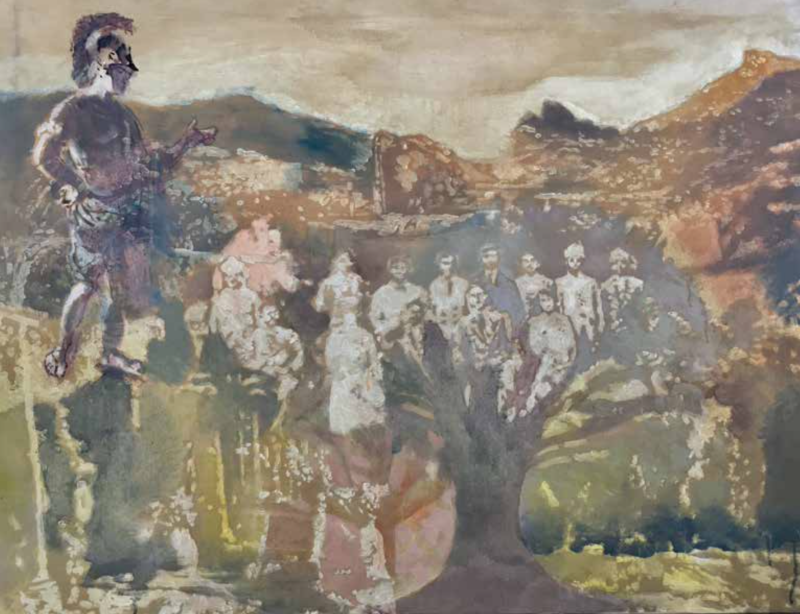
A visual artist Ahmed Ali Manganhar did wonders at his latest art exhibition, and we got a chance to have a one on one with him. He talked about his childhood, his inspirations and more. Read the full interview ...
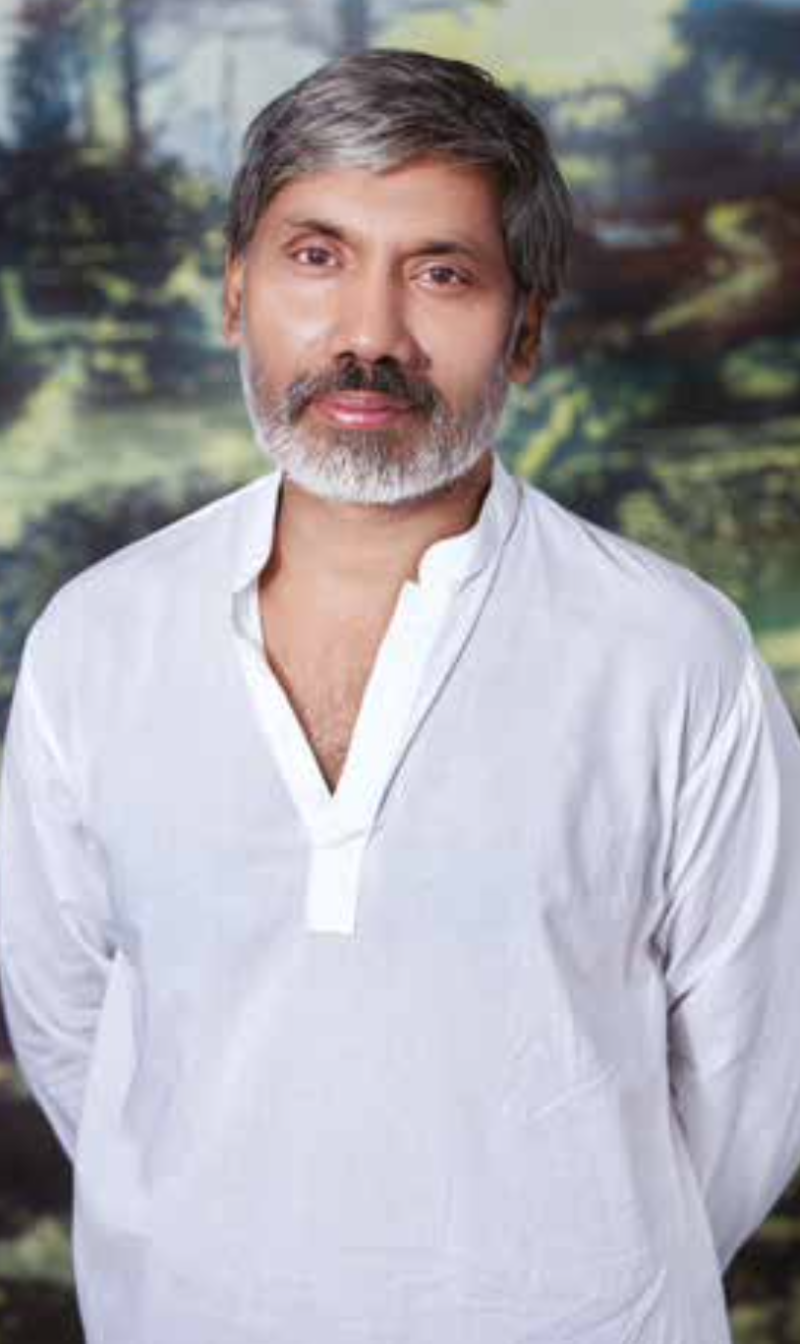
Tell us a bit about your upbringing, background, and childhood.
I spent my childhood in Tando Allahyar with the Manganhar clan. My father, Mohammed Ramzan, was a painter and my family used to run a shop in his name where they did billboards and posters made by hand. I grew up around artists, painters, singers, cinema and theatre actors who came to the shop for a cup of tea and long conversations. I was also inspired by the artists who did illustrations for newspapers, and I tried to copy them. I must mention how children’s book illustrations influenced me. They used to make beautiful watercolours in Chinese books for children that were available in translation.
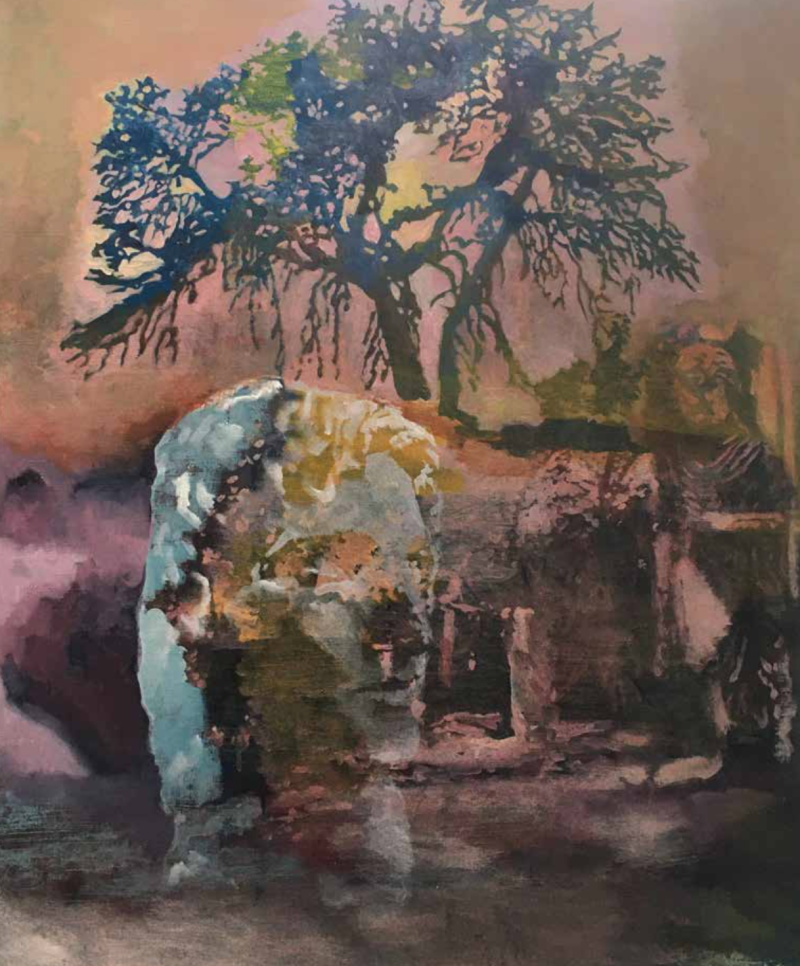
What made you pursue art as a medium?
After school, I used to try and make small posters of local films and hang them on the streetlights in our neighbourhood. I used to take part in the drawing competitions in local magazines and newspapers where I always did well.
My love of drawing and painting took me to Hyderabad and to art teachers like Sain Fateh Halepoto, he encouraged me to pursue this professionally. I was also inspired by one of his most outstanding students, Sajid Qureshi, who had gone off to Lahore to study art. I visited Lahore a number of times and, working my way through studies, I enrolled at the institution. Although, in retrospect, I think institutions don’t make artists, they can only make art students.
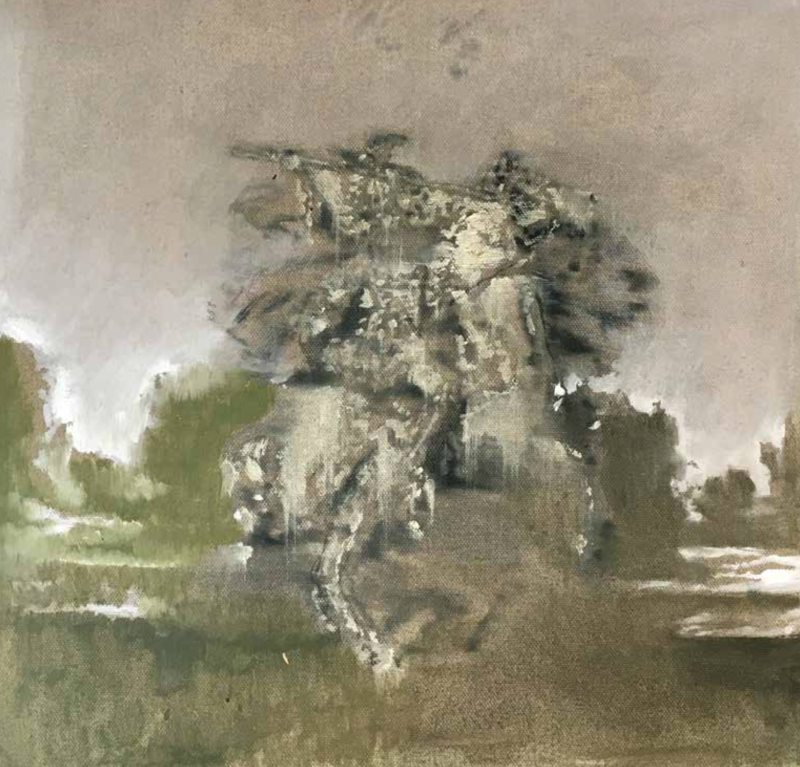
Did you pursue art as a medium to express your love of history?
I think history is not about facts. It’s the stories anyone in power will tell you about the past, and these stories keep changing.
What I try to capture is erasure brought in by time. You can call it nostalgia. Painting has its own history in how it tries to capture the images of the past.
What and who inspires your art?
There’s a whole tribe of artists, painters both local and foreign. Among the Europeans, I would say the Impressionists. Among people near me, I would say Shahid Sajjad and Jamil Naqsh are my inspirations, as dedicated, full time, lifetime artists who had little to do with academies. While Shahid Sahb nurtured me like a foster father in my early years, Naqsh Sahb I never even met once, despite trying.
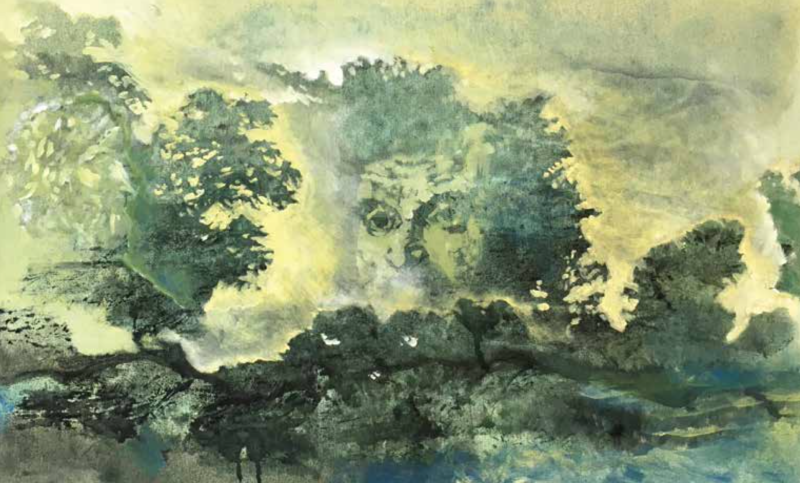
How do you like to spend your free time?
The concept of free time does not exist for an artist because it’s not like a job you finish at the end of the day and return home. I work every day in my studio or outside it and it is from there that work emerges.
What feelings or reactions did you hope to arouse in the viewers in your recent work shown in Karachi titled “Taxila Revisited”?
Like I explained my work process,
I do not sit down to paint a theme. I had gone to Taxila to work outdoors and after several drawings, some images began to emerge.
To me, it is very disappointing that when people go to an exhibition, they want to talk about the theme instead of engaging with the painting.
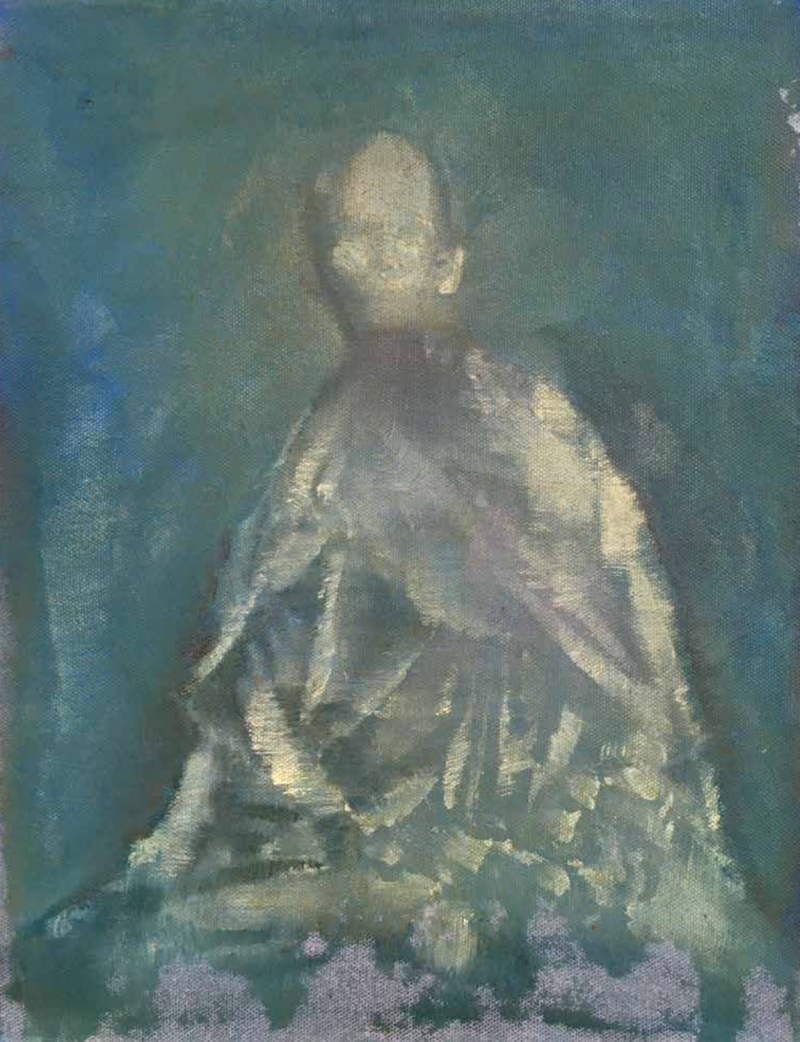
What living or dead artist would you like to collaborate with?
Since this is a hypothetical question, I can say, I would have loved to work in the studio of ‘Paul Cezanne’. One; because he challenged the power of the photograph that was becoming strong at the time and, two; because he challenged the tradition of one-point perspective in painting and introduced multiple perspective painting. He also made the ordinary objects around him come alive.
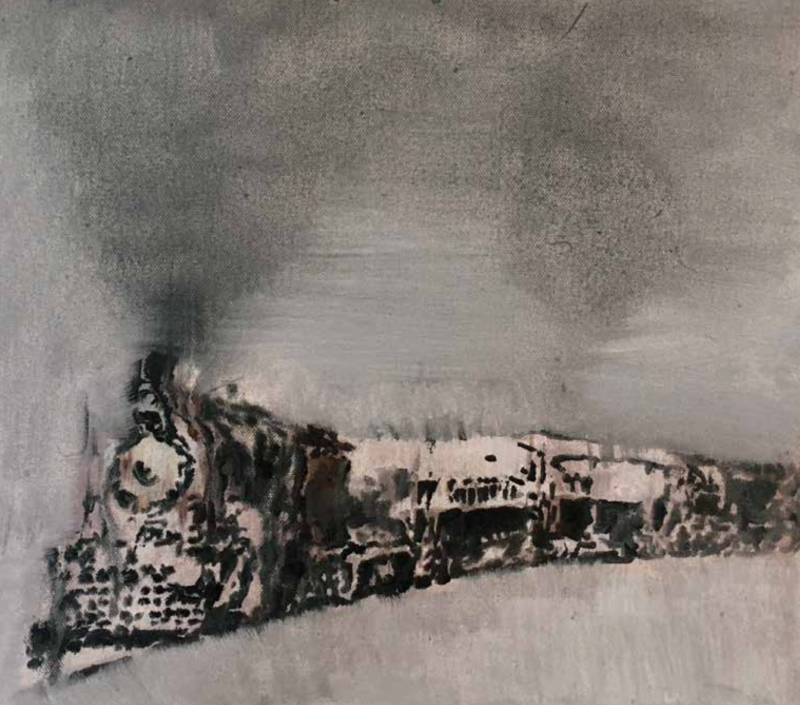
A piece of advice that worked wonders for you and continues to this day.
“Faites des lignes. Faites beaucoup de lignes.” ("Draw lines - draw a lot of lines")
Jean-Auguste-Dominique Ingres - 1780 – 14 January 1867) French Neoclassical painter.
(This was his advice to a young Degas who announced that he wanted to become a painter)
What’s next?
I don’t really plan ahead and work for upcoming shows. I just keep painting and working out interests and concerns. The most important thing is to keep the love alive. But if you mean shows, I have been invited to the Sharjah Biennale, to a show in VM Art Gallery in Karachi and to a new art gallery in Hyderabad in the coming months.
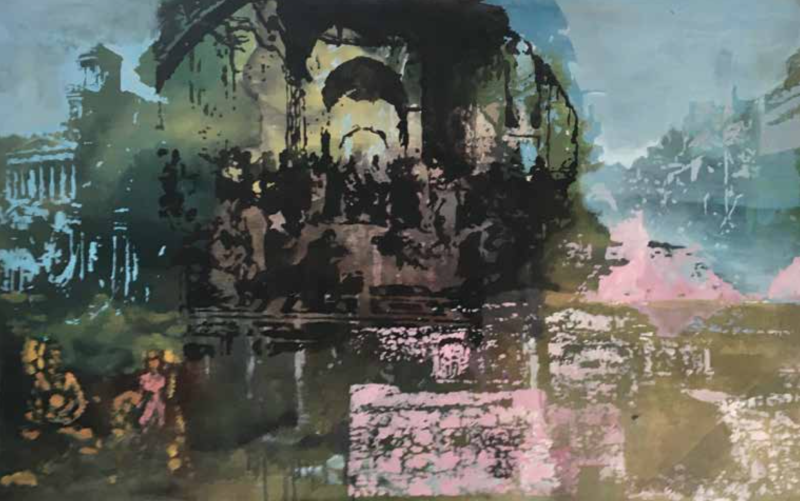
What does success mean to you as an artist?
To me, success means the death of an artist.
There are so many examples around you, I will not take names.
INTERVIEW: MARYAM ZUBERI
PHOTOGRAPHY: TAHIR CHAUDHARY
COORDINATION: CANVAS GALLERY
